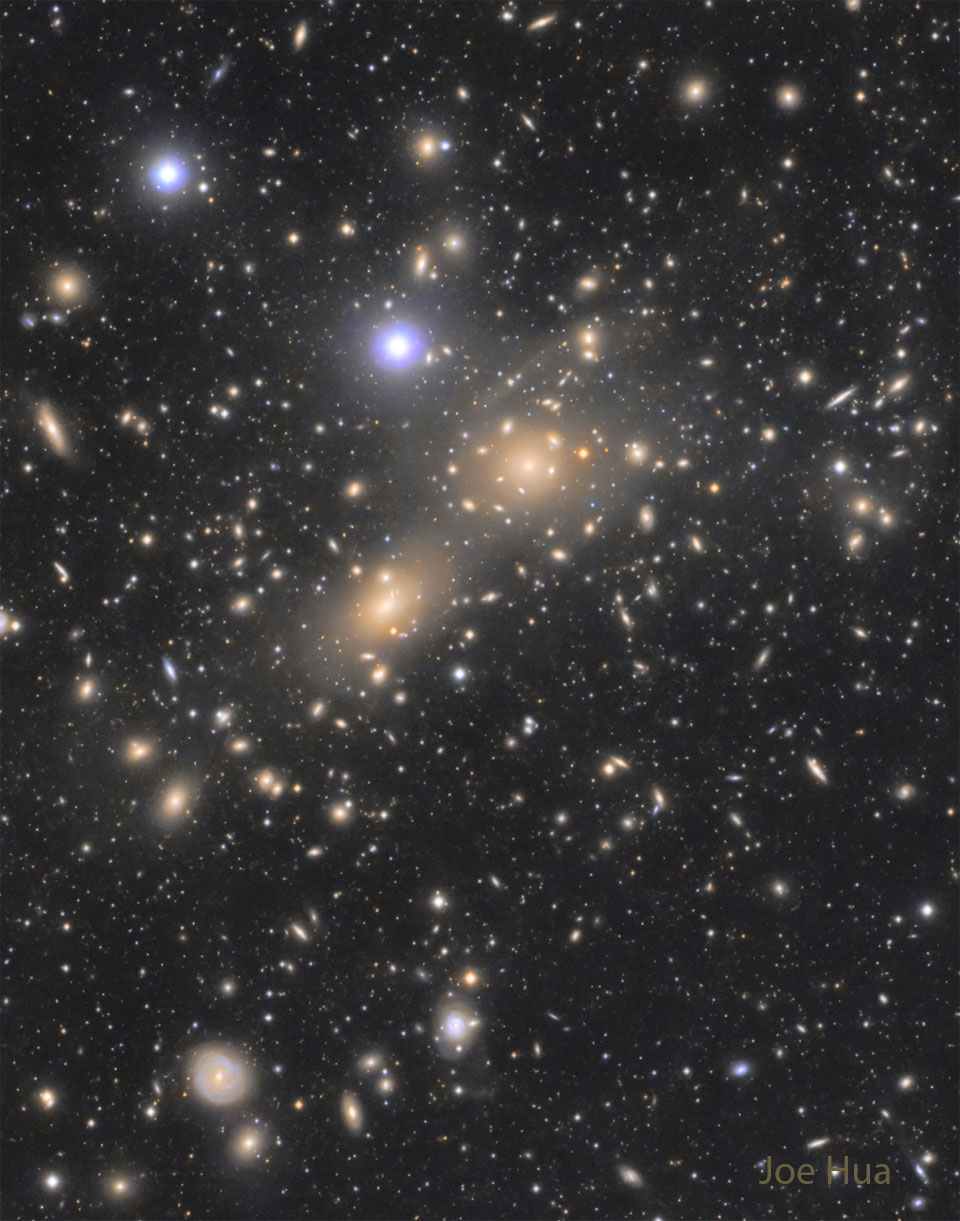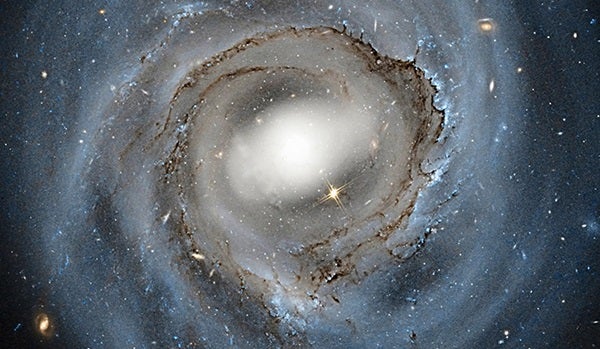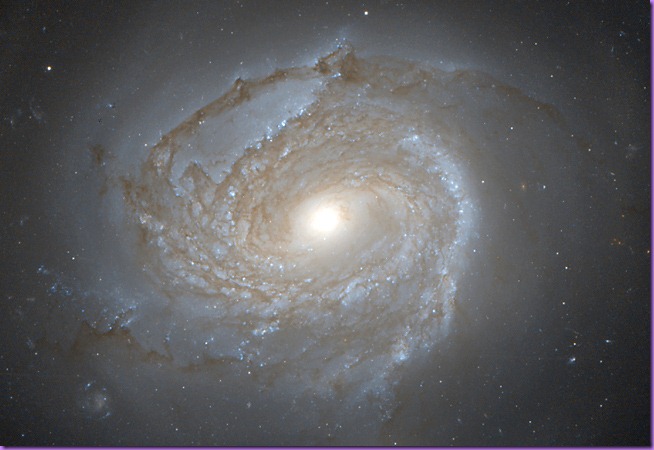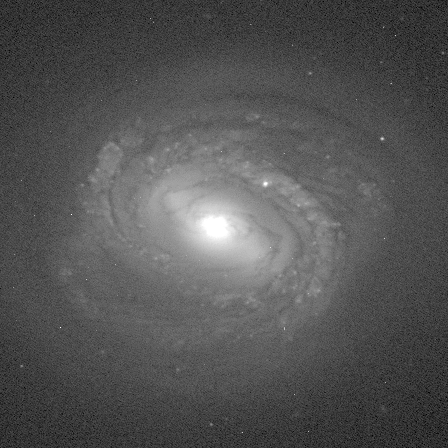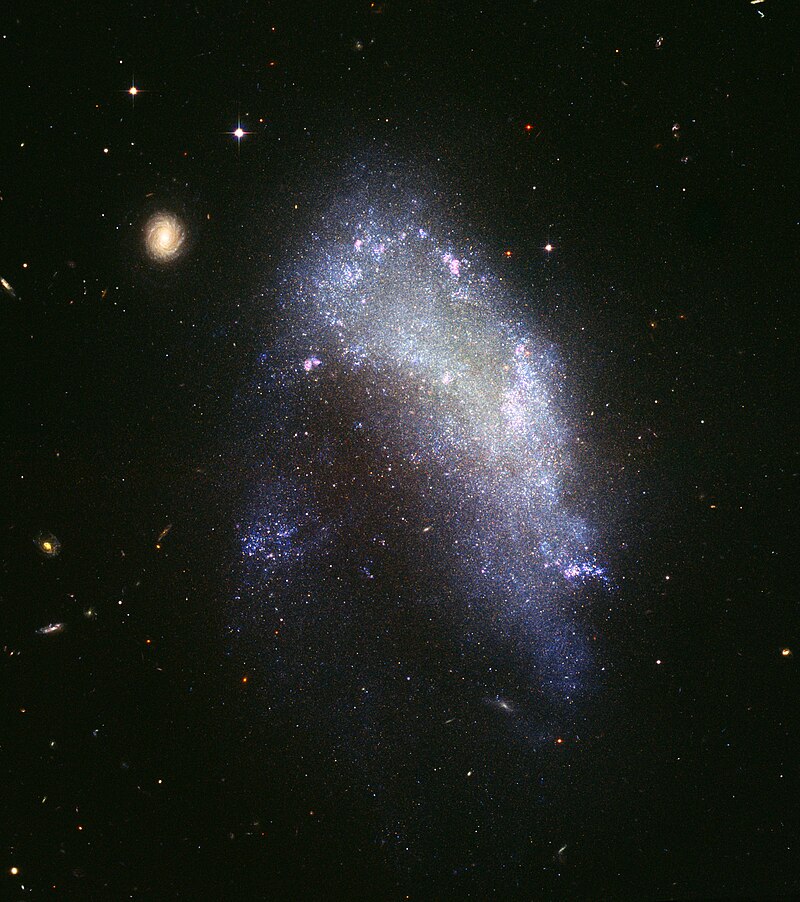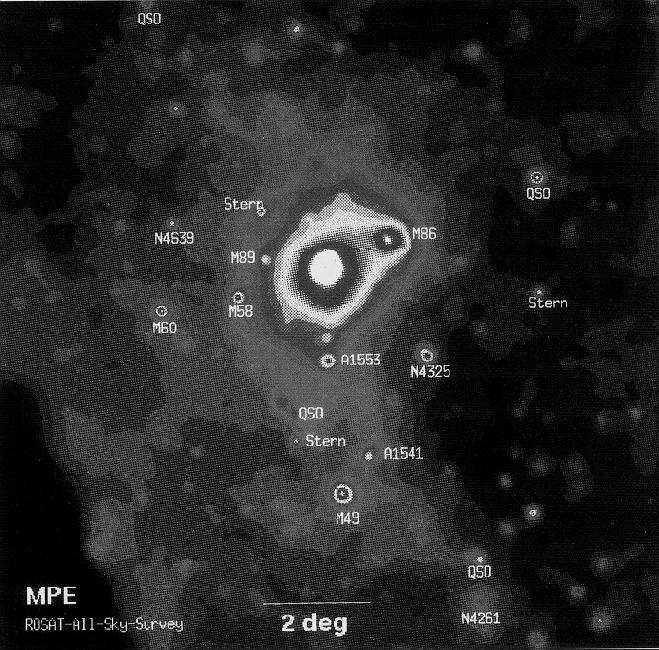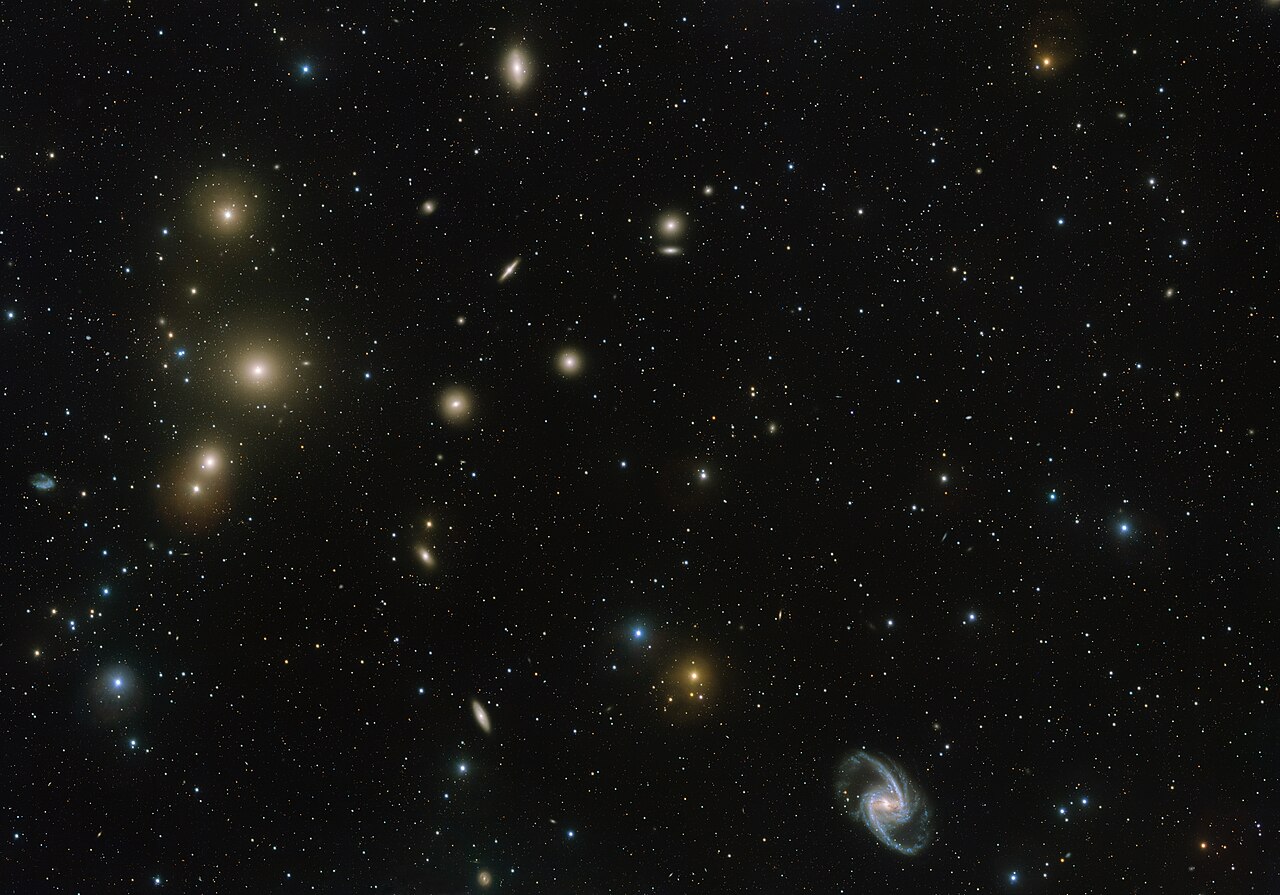shaileshs wrote: ↑Wed Mar 27, 2024 4:48 am
Beautiful and Amazing. I wish they had mentioned the range of distances to galaxies (e.g. from 170 million to 10 billion light years away etc). Just to get and give a perspective, not everything that's "seen (looks) together and close" isn't so in reality.
How can we know that most of the galaxies in the APOD are really at more or less the same distance from us?
We can know that most of these galaxies are at the same distance from us because most of them are blob-shaped and yellow in color. That means they are elliptical or lenticular galaxies with no spiral arms and practically no star formation. Also, the central galaxies are larger and brighter than the others. This is typical of dense galaxy clusters, where smaller elliptical galaxies crowd near larger elliptical galaxies.
Another giveway that we are dealing with a galaxy cluster where most of the galaxies in the picture are at the same distance from us is that we can find a few blue or bluish spiral or irregular galaxies some distance away from the center of the cluster. Let's have a look:
NGC 4889 and NGC 4874 are the two central galaxies of the Coma Cluster. Both are giant ellipticals. The blue-looking HD 113886 and HD 112887 are foreground stars of spectral class F, similar in color to
Procyon, and they are much bluer than the elliptical galaxies of the Coma Cluster.
Near bottom of the image are two spiral galaxies, NGC 4921 and NGC 4911. They have spiral arms and new stars, but they are both affected by the hostile environment of the galaxy cluster, so they are transiting away from their spiral shape and gradually shutting down their star formation. That is especially true of NGC 4921:
NGC 4911 looks more normal, but it is a far cry from long-armed spectacular spiral galaxies like, say,
M100. To me, NGC 4911 resembles Virgo Cluster spiral galaxy M58 (whose spiral nature is being slowly destroyed by its own galaxy cluster environment) in the character of its spiral arms and its degree of star formation:
Sometimes you see very blue and usually small galaxies at the outskirts of galaxy clusters. They are gas-rich galaxies that have been captured by the gravity of a nearby galaxy cluster, and now they are falling helplessly into it. As they are falling, their own gas meets the hot intracluster gas, triggering a torrent of star formation, while at the same time they are losing much of their gas due to what is called ram pressure (which can be translated roughly as a strong headwind as the galaxy is falling into the cluster).
I'm not aware of any hapless blue galaxies falling into the Coma Cluster. Maybe possibly maybe PGC 44779? It's the roundish blue galaxy near the lower right corner in the APOD. Though it looks more like a normal dwarf galaxy with a hint of spiral arms than a galaxy falling into a cosmic sinkhole. But it does have much the same radial velocity as Coma Cluster spiral NGC 4911, so who knows?
PGC 44779, located southwest of NGC 4911.
Credit: SDSS.
And that's it for me today! Gotta carpe diem! The sun is shining today.
Ann
 The Coma Cluster of Galaxies
The Coma Cluster of Galaxies